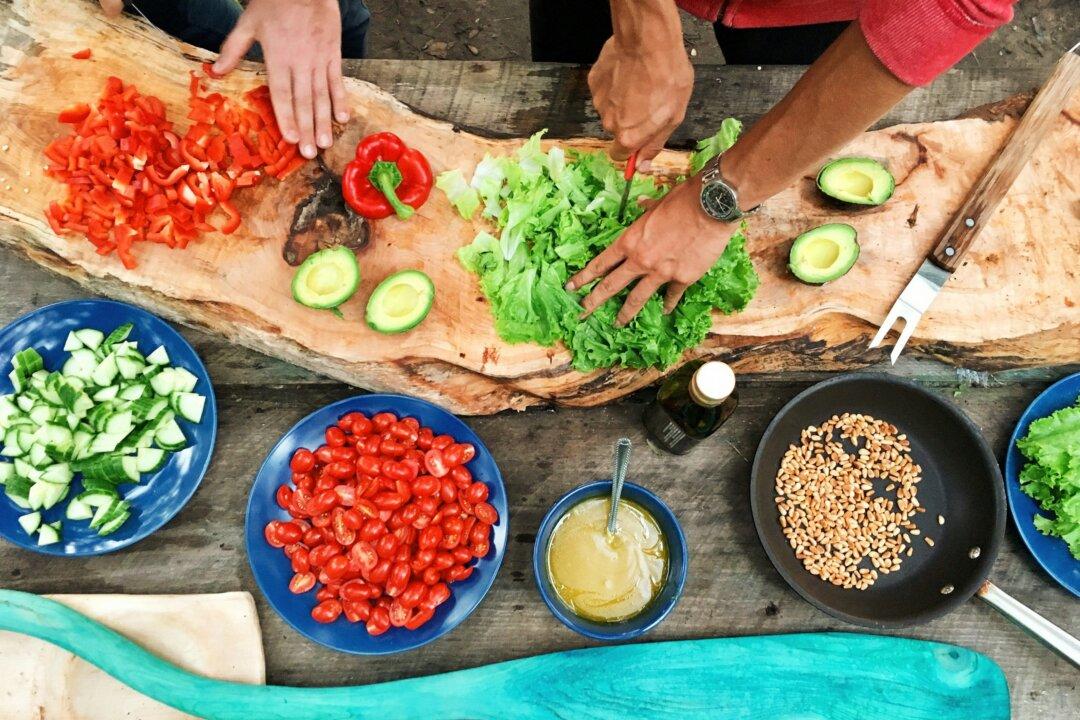Commentary
It’s not clear how this happened. An entire generation suddenly finds itself unable to prepare food for itself. It hasn’t been necessary for many years but inflation has changed everything. The cheap meal out is a thing of the past. Sure, you can get by for a while paying $30 for lunch and $60 for dinner but the credit card debt adds up fast, especially with drinks.





